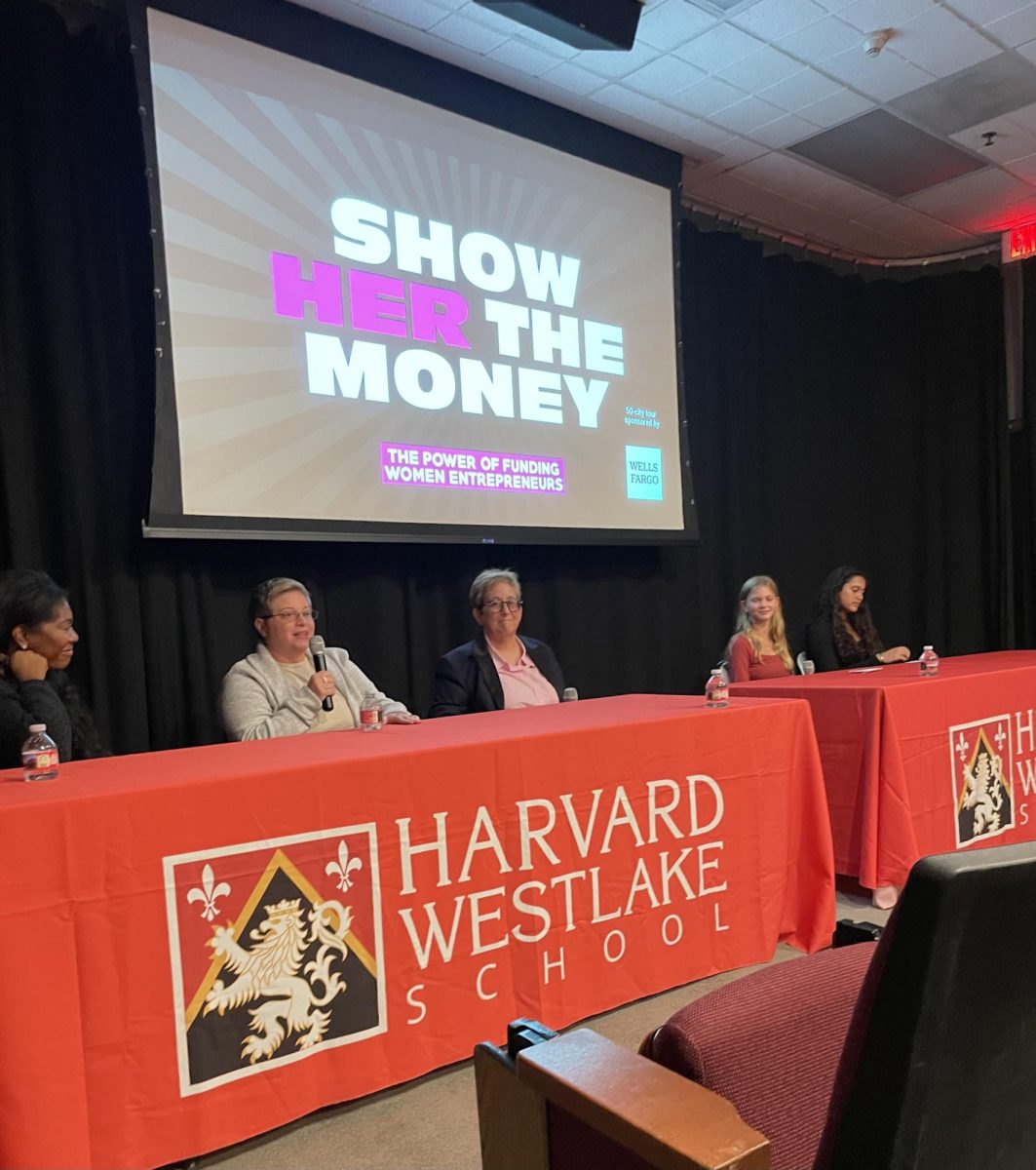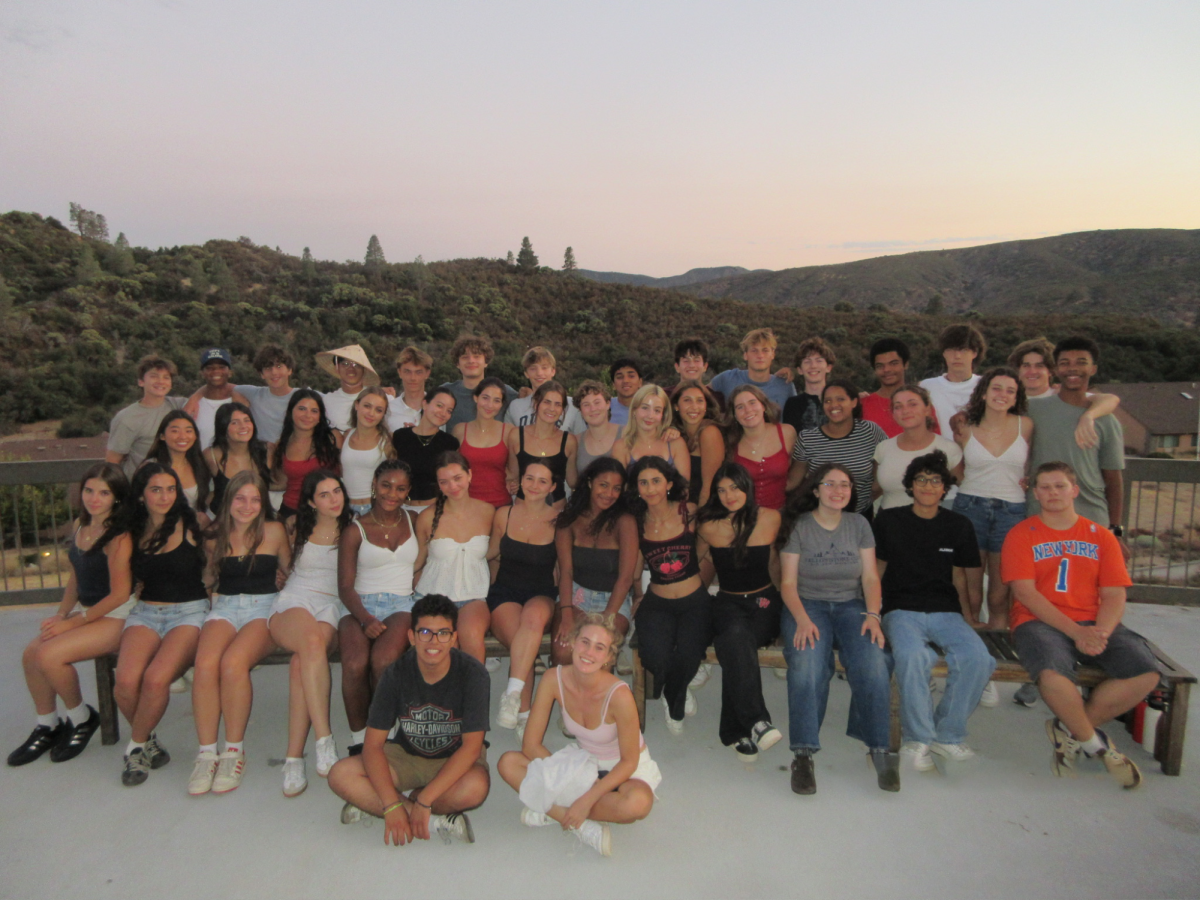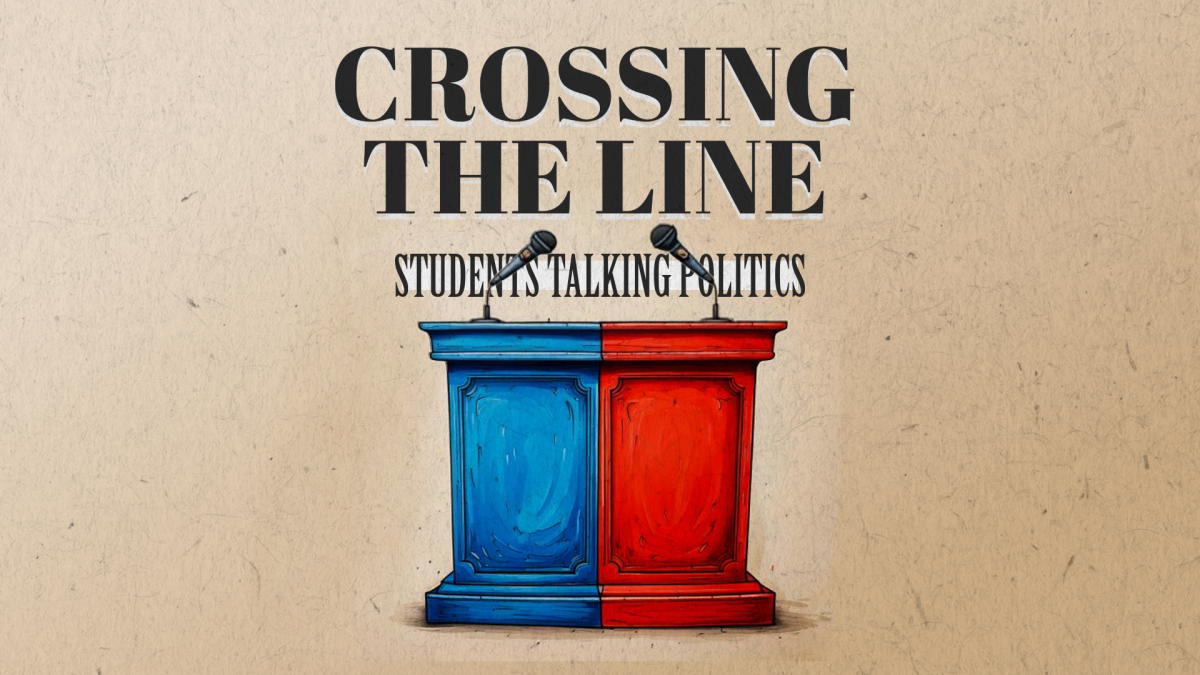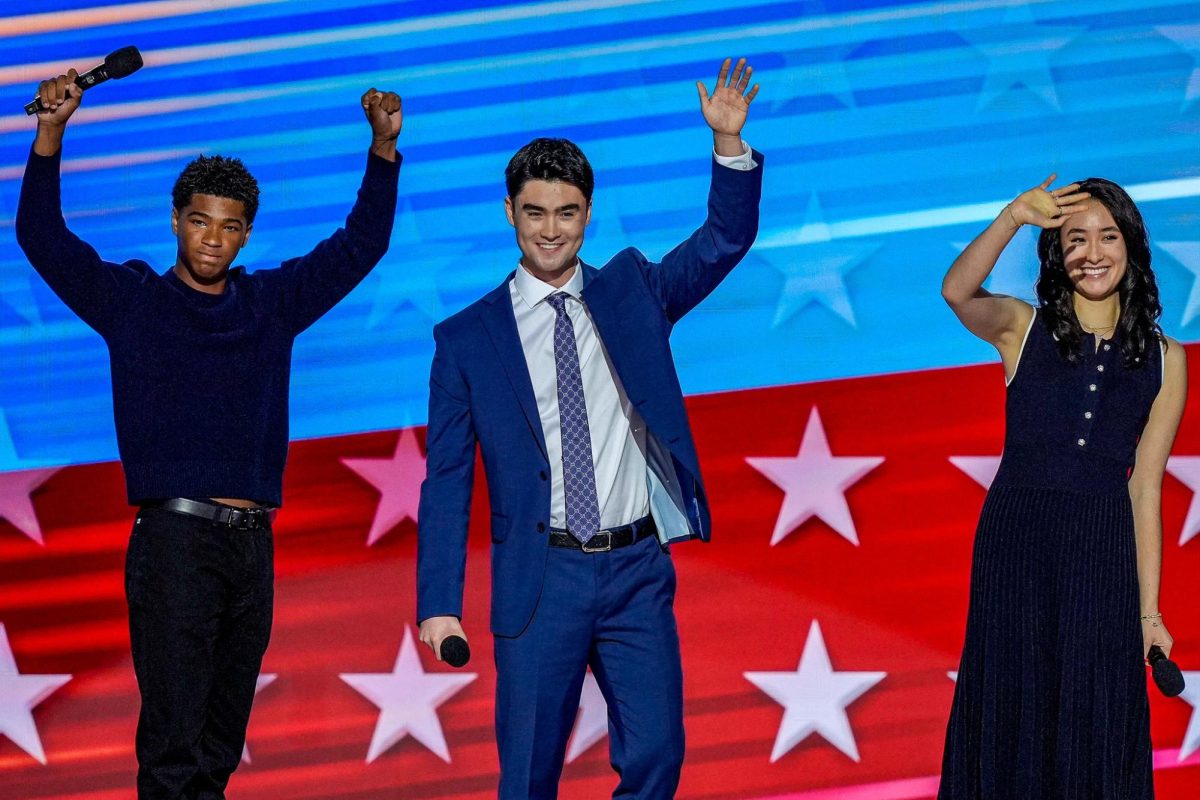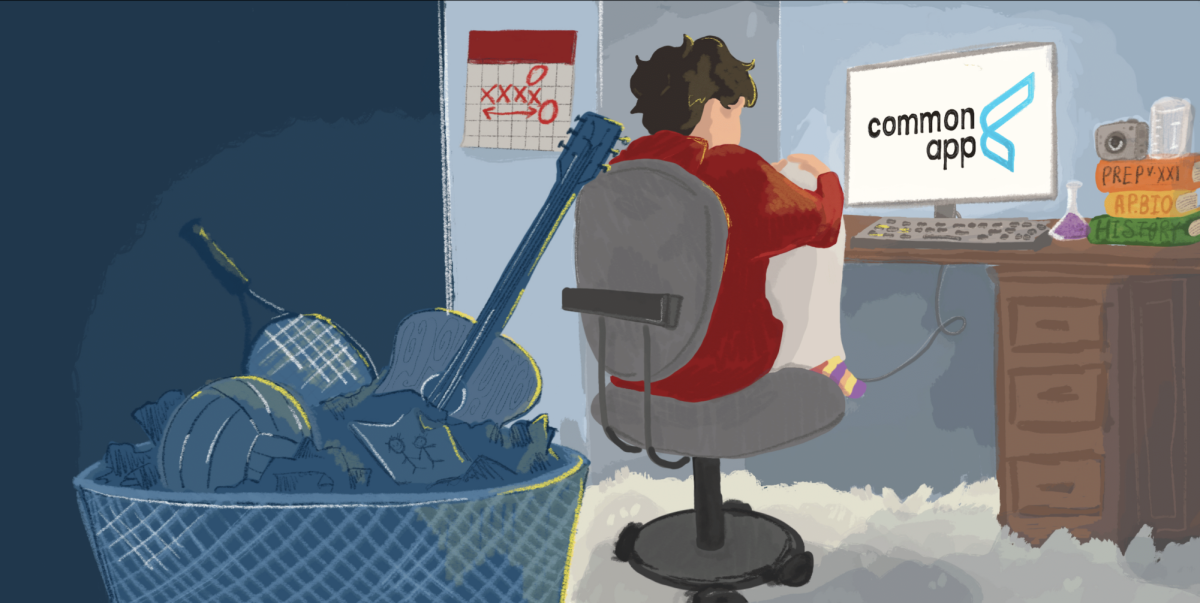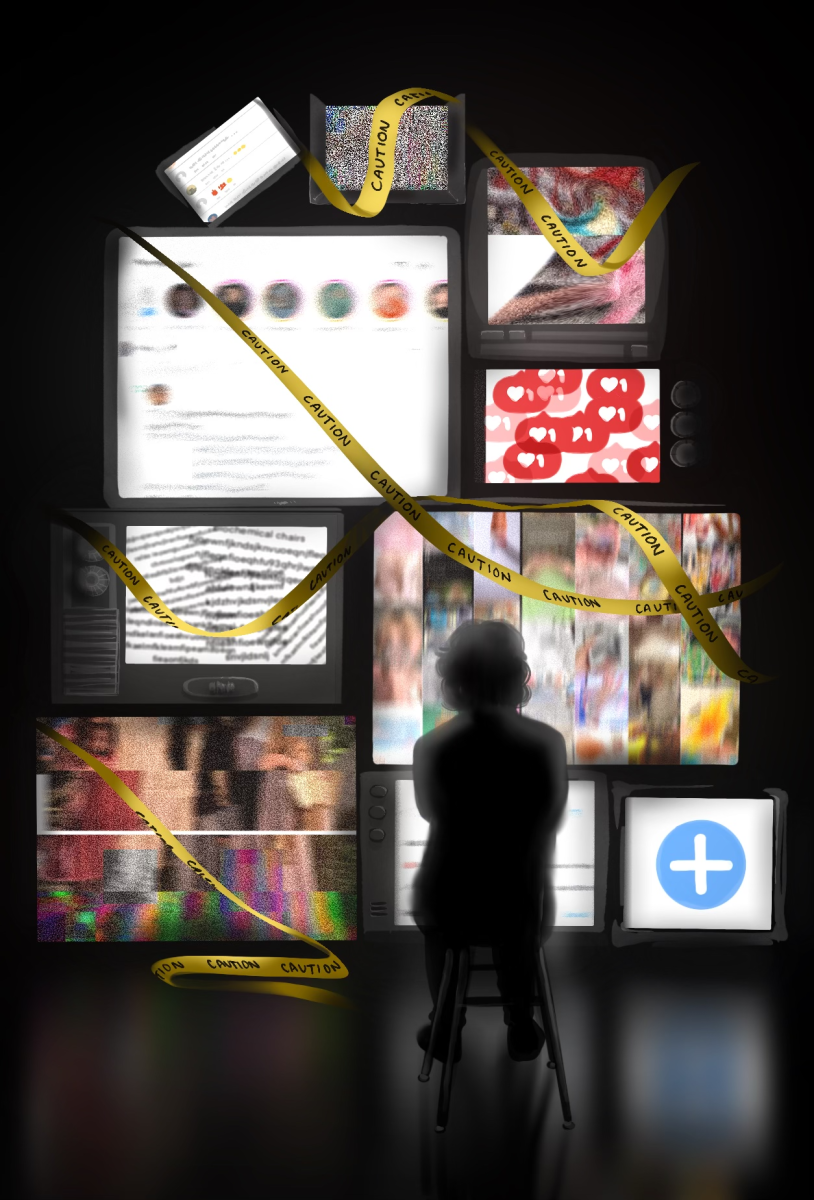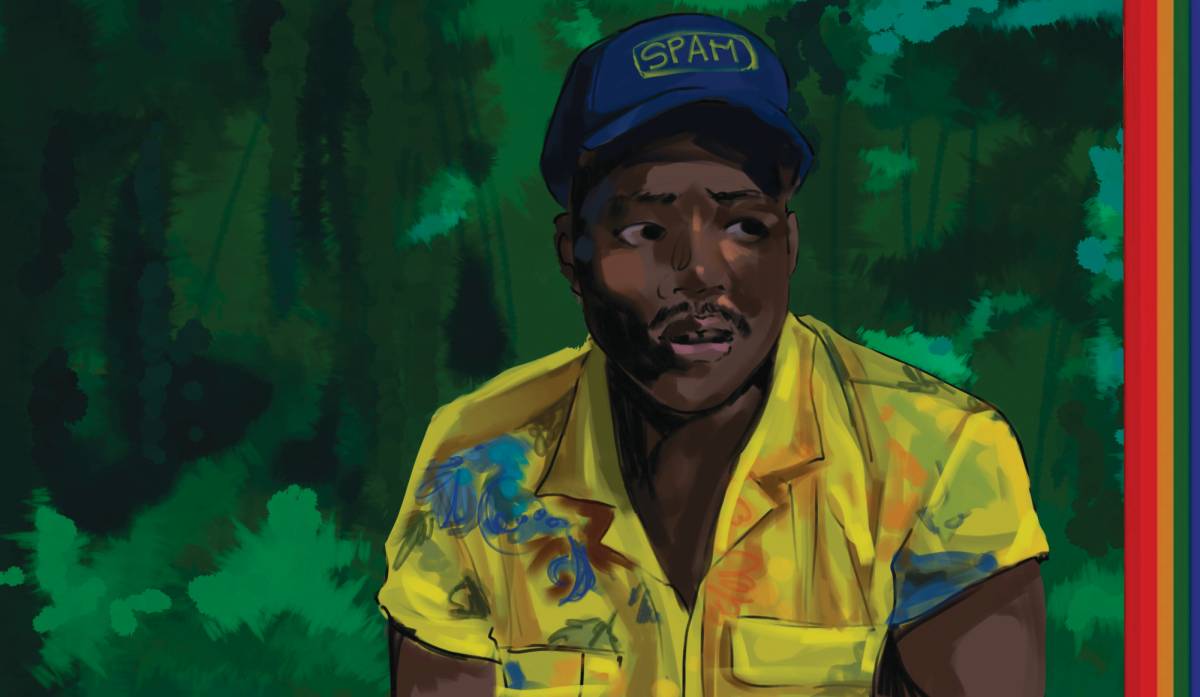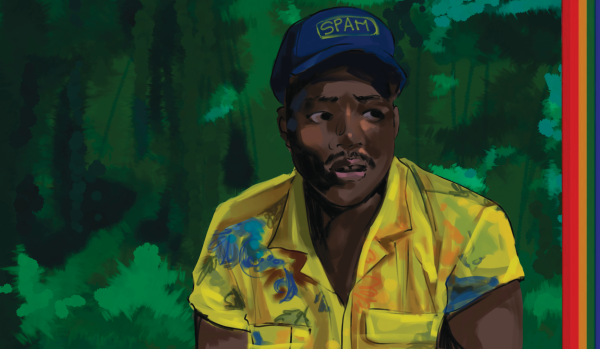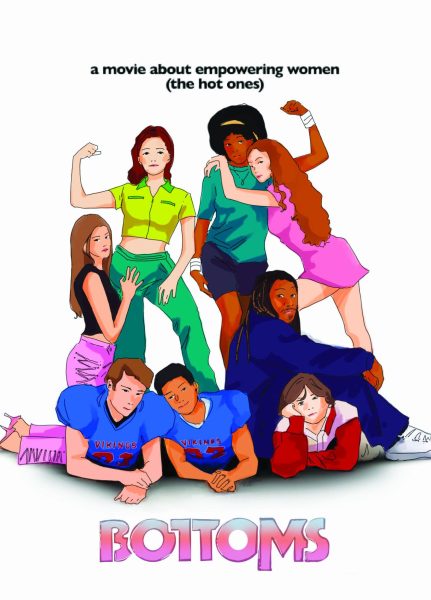A Not-So-Minor Issue
Minor sexualization is a rampant trend in the media. This often includes presenting minors engaging in drug and substance abuse.
Looking back on some of her favorite childhood memories, Grace Coleman ’24 said she remembers watching the 1968 rendition of “Romeo and Juliet.” She said she recounts being attracted to its soft lighting, romantic music and attention to detail, including its decision to cast actors similar in age to the characters in the original version. Because of this, Coleman said she was surprised to hear that its two lead actors, Leonard Whiting and Olivia Hussey, had sued Paramount Studios for exploiting and distributing nude images of them in the film as minors Dec. 30, 2022.
“The announcement caught me off-guard,” Coleman said. “I was on Instagram when I saw these posts claiming that the actors of the movie had sued the production studio for child abuse. It hurt, knowing that a movie that I loved since I was a child had these dark undertones that I did not know of, and it is also difficult to fathom what the actors must have gone through, being a minor at the time the movie was shot.”
The lawsuit alleges that director Franco Zeffirelli assured the actors that there would not be nude scenes in the movie and that the actors would be allowed to put on flesh-colored undergarments in filming specific scenes. However, according to the claim, Zeffirellli later told the actors that this would no longer be possible, forcing them to film the scene without undergarments. In the end, the film released the nude scenes, including a scene depicting Whiting’s buttocks and Hussey’s bare breasts.
This particular example fits into a broader pattern of the sexualization of minors that includes substance and alcohol abuse and provocative clothing, according to the Heritage Foundation. Kai Do ’24 said she has observed this trend in the HBO series “Euphoria.”
“Minor sexualization is common in a lot of movies surrounding high school characters,” Do said. “One of the biggest examples of this is ‘Euphoria’ and its older, similar show ‘Skins.’ Though directors often argue that their depictions of high school students are their attempts at being authentic or true to the high school life, most of it is unrealistic and an excuse to over-sexualize minors.”
“Euphoria” is known for its abundance of explicit content, including drug abuse and sexual violence, according to The Guardian. Morgan Beckerman ’24 said that though scenes can be difficult to watch, he engages in the series nonetheless.
“I watch the show in spite of these things,” Beckerman said. “A lot of the explicit scenes [in the show] are gruesome and hard to watch because the actors are supposed to be minors. The show’s writers can argue that these scenes are needed for character development, but sometimes these scenes are unnecessary.”
Do said she finds the abundance of minor sexualization in the media disturbing given its prevalence online.
“The sexualization of minors is a concerning problem throughout the media considering how normal and prevalent it is,” Do said. “Even if the actors in these roles are legal adults, this sort of representation in the media normalizes the sexualization of teenagers.”
Do said directors’ decisions to sexualize minors in the media can lead to unforeseen consequences , such as perverting teenagers’ perceptions of themselves.
“The sexualization of minors impacts the mental health of teenagers, encouraging them to form unrealistic standards for themselves,” Do said. “How the media depicts teenagers and minors in the media permeates what students think, distorting their view of themselves and their interactions with others.”
The sexualization of minors in the media can be linked to low self-esteem, eating disorders and even depression. Inaccurate depictions of minors in the media can result in cognitive and emotional consequences that reduce confidence and impact teenagers’ abilities to maintain a positive self-image, according to the American Psychological Association.
Jasmine Sorgen ’25 said she has faced the repercussions of attempting to compare herself to how teenagers are depicted in the media.
“I have found in the past that when expectations do not line up with what has been stipulated in the media, whether that be in terms of appearance, relationships or more, it can feel strange,” Sorgen said. “How minors are depicted in the media is a semblance of them: the tidbits that adults have decided regarding adolescents and have generated in plots and characters. It is often ingenuine and off-putting.”
Sorgen said the sexualization of minors online can also be linked to dangerous behavior among students.
“How teenagers are depicted in the media has a bad effect on the mental health and growth of teenagers,” Sorgen said. “It makes individuals feel bad about themselves and can provoke and enforce bad behaviors. For example, huge rager parties and the abundance of using substances or having sex at premature ages are due to how things are presented in the media.”
Upper School World Languages Teacher Amandine Nelaton said she recognizes that the sexualization of minors in the media is a growing trend that has become normalized.
“Minor sexualization has become rampant and a norm in our societies,” Nelaton said. “It is in advertisements, music videos, shows, movies and video games. I heard about ‘Mignonnes’ on the news because I watch and read a lot of the Francophone media. I did not want to watch it, though, because I knew it would trigger me, and I did not think that was needed.”
Nelaton said she fears that the sexualization of minors in the media endangers children in the current generation and future ones.
“It makes me scared for this generation and future ones to come,” Nelaton said. “I am perplexed as to how the world has reached a point where the sexualization of minors is considered normal, acceptable and even expected. I am also puzzled at the fact that there seems to be no regulations in place to [prevent] showing images like this to the world. Adults are supposed to protect children, not expose them.”
Counselor and Interdisciplinary Studies and Independent Research Teacher Michelle Bracken said the sexualization of minors bothers her because she is aware that it enforces unrealistic standards upon students.
“It makes me sad and uncomfortable,” Bracken said. “Young [students] are curious about sex and are figuring out themselves and what is attractive to potential intimate partners, among other things. However, TV shows and movies make it look like it is normal for adolescents. As is the case for a lot of the things in the media, the behavior and activities of adolescents are not accurate. It makes me sad that teenagers have to live up to these inaccurate depictions and compare themselves to people that are not real but rather characters someone created.”
Do said the media should remain true to minors’ experiences and remove scenes that are impractical.
“The media should make an effort to represent minors and remove scenes that are not needed or that do not tell the true tale of what it is like to be a teenager so as to not set unrealistic and problematic expectations regarding how we should act.”
Bracken said though she finds the sexualization of minors in the media concerning, the recent rise of movies and shows that depict more true-to-life characters are a positive sign that the industry is heading in the right direction.
“There is a movement to mitigate minor sexualization in shows and movies,” Bracken said. “There are a lot of movies depicting smart, strong adolescent[s], and the plot is less focused on having to look [or act in] a certain manner. If similar shows continue to be made, it will be seen as more normal to feature characters that are similar to teenagers themselves. Social media is also making strides to keep out specific content for their users. I think the biggest thing that educators and parents can do is talk to their children so that students can view images on social media and watch certain shows, recognizing that it is an image that does not have to define them.”

